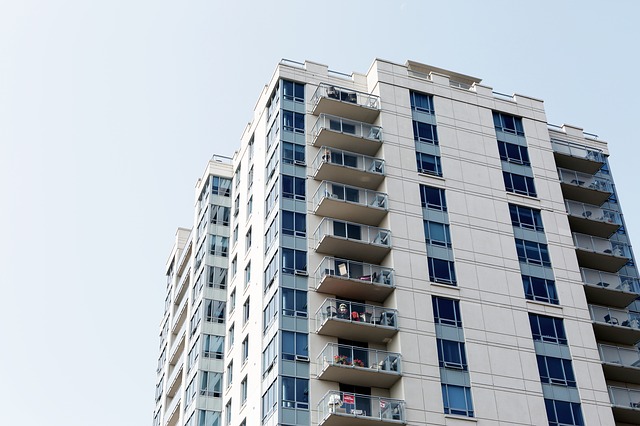Climate change has many unexpected consequences, and one of those consequences is the risk of mold infiltration in old, deteriorated structures. Why is climate change to blame for this? Many reasons, some of which are rising sea levels and increasing volatile storm patterns. This elevates the chances of water damage, which can lead to mold growth.
Why Deteriorated Public Housing?
Low-income public housing is often located in old, dilapidated buildings where the cost to repair the structures outweighs the want to replace them. When these buildings are replaced, the tenants are relocated, and the new buildings are more expensive. This leaves the buildings that are not replaced sitting in disrepair because they are too expensive to fix. Crumbling infrastructure in these buildings lets water get into cracked foundations, walls and roofs.
Moisture Elevates Mold Risk
In order for mold to grow, it needs moisture, warmth, and air stagnation. Standing water in basements or water leaking into other structures becomes a mold-friendly environment. Not only does it grow, but it infiltrates building surfaces such as wood and Sheetrock. Older structures often lack proper air circulation, and their residential nature keeps mold-growing temperatures at a constant.
Health Risks of Mold
While mold can cause further deterioration of a structure, the more concerning effect of mold infestation comes from health complications. Moldy environments can exacerbate respiratory conditions, and sometimes the results can be deadly. In public housing, you’re already dealing with a vulnerable population that is more likely to have poor health conditions.
What About Climate Change?
It is interesting and useful to ponder the impacts of climate change, and one of those impacts is weather. When you trace the impacts of weather, it has a disproportionate effect on people in deteriorated housing, and public housing often has this problem. Mold exacerbates respiratory issues for those who are vulnerable. This calls into question what happens when mold and viral outbreaks such as COVID-19 occur. It stands to reason that viral infection combined with mold infiltration could lead to more deaths.
What Can Be Done About Mold Risk in Deteriorated Public Housing
The problem of deteriorated public housing has been happening for decades. It is a challenge because most of the buildings are too expensive to repair, so they are replaced, and the housing for existing tenants is eliminated. A better solution may be to make the repairs that matter, such as waterproofing buildings to prevent mold growth.
